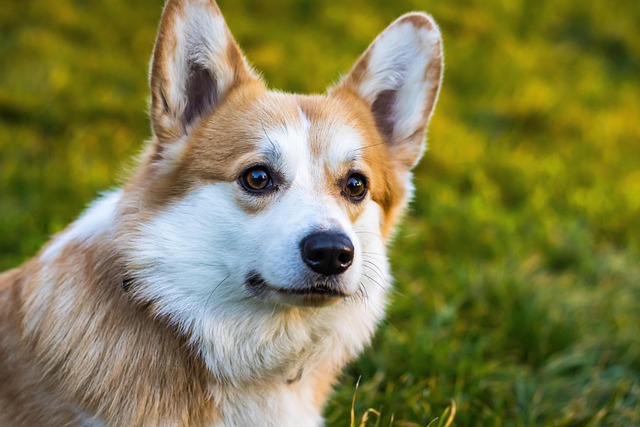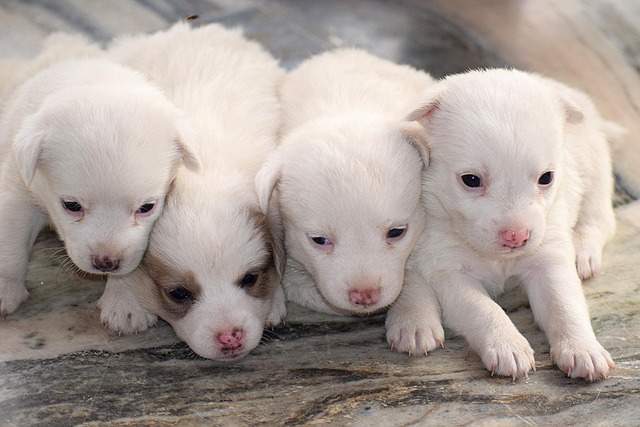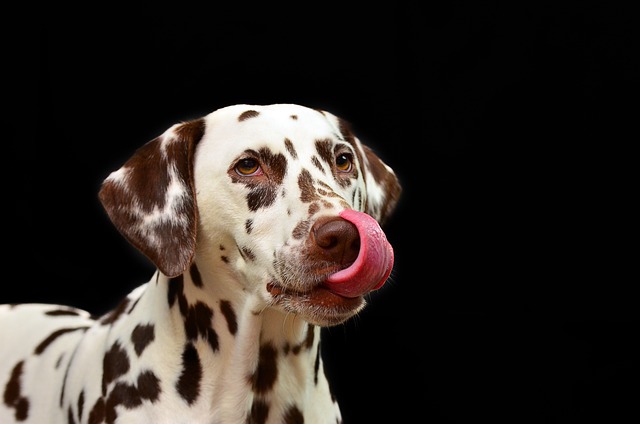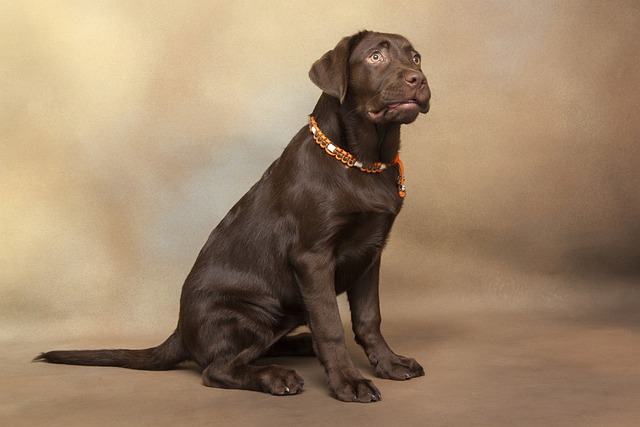
Do dogs learn fetch naturally?
The first time you toss a ball and watch your dog's eyes light up feels like magic. But does that eager chase mean they instinctively“get”the game of fetch?
There’s nothing quite like the joy of strolling through the park with your dog—until they start lunging at every passing cyclist or barking at fellow walkers. Training your dog to stay calm in public isn’t just about avoiding awkward stares; it’s essential for their safety, the comfort of others, and compliance with local leash laws and public space regulations.
Start small, at home. Create a “calm” cue by rewarding your dog when they’re relaxed, like lying quietly at your feet. Use a consistent word like “settle” and pair it with a treat or gentle praise. Gradually increase distractions indoors—turn on the TV, play loud music—while reinforcing the calm behavior. Remember, positive reinforcement aligns with ethical training standards that prioritize your dog’s well - being.
When it’s time to venture outside, choose low - stress environments first. A quiet neighborhood street during off - peak hours is ideal. Keep your dog on a short, sturdy leash, not only for control but also to comply with leash ordinances common in many areas. If your dog shows signs of anxiety, like whining or pulling, stop and give them a chance to compose themselves before moving on.
 Socialization is key. Introduce your dog to different sights, sounds, and people gradually. However, respect personal space—never force your dog to interact with strangers who aren’t comfortable, and always ask before letting your dog approach children. Many public spaces have specific rules about pet interactions to ensure everyone’s safety.
Socialization is key. Introduce your dog to different sights, sounds, and people gradually. However, respect personal space—never force your dog to interact with strangers who aren’t comfortable, and always ask before letting your dog approach children. Many public spaces have specific rules about pet interactions to ensure everyone’s safety.
Use treats strategically. Carry high - value treats, like small pieces of chicken or cheese, and offer them when your dog remains calm around distractions. But be mindful of local health codes; some areas restrict feeding pets in certain public zones. The goal is to create positive associations with public spaces, not turn it into a free - for - all treat - fest.
Practice “look at me” commands. When your dog spots a potential trigger, like another dog or a moving object, say “look at me” in a cheerful voice. Reward them when they make eye contact, diverting their attention from the distraction. This simple trick can prevent many unwanted reactions and helps you maintain control in public.
Avoid punishment - based methods. Yelling, jerking the leash, or using shock collars not only violates ethical training guidelines in many regions but also increases your dog’s anxiety. Instead, focus on building trust and confidence through positive experiences.
Consistency is everything. Train regularly, even on days when you don’t plan to go out. Over time, your dog will learn that staying calm in public leads to good things—whether it’s treats, praise, or more fun outings. And remember, a well - behaved dog in public isn’t just a dream; it’s a reality you can create with patience, love, and a commitment to doing things the right way.

The first time you toss a ball and watch your dog's eyes light up feels like magic. But does that eager chase mean they instinctively“get”the game of fetch?

You’ve scrolled through social media and seen adorable pictures of dogs striking yoga poses, and you’re left wondering: Can you teach a dog to do yoga?

Stuck watching impressive agility competitions online from your couch in Chicago or your apartment in Austin, wishing your pup could join the fun?

Picture this: a sunny Saturday at your local park, maybe somewhere like Central Park if you’re in NYC, watching dogs zip through tunnels and weave poles with pure joy.

There’s nothing quite like watching your dog dash across the yard, retrieve a ball, and bound back to you with a wagging tail. Teaching your dog to fetch isn’t just a fun party trick—it’s a great way to bond and keep them active.

Imagine your energetic Australian Shepherd pup clearing couch cushions in a single bound – that natural talent might tempt you to start agility immediately.